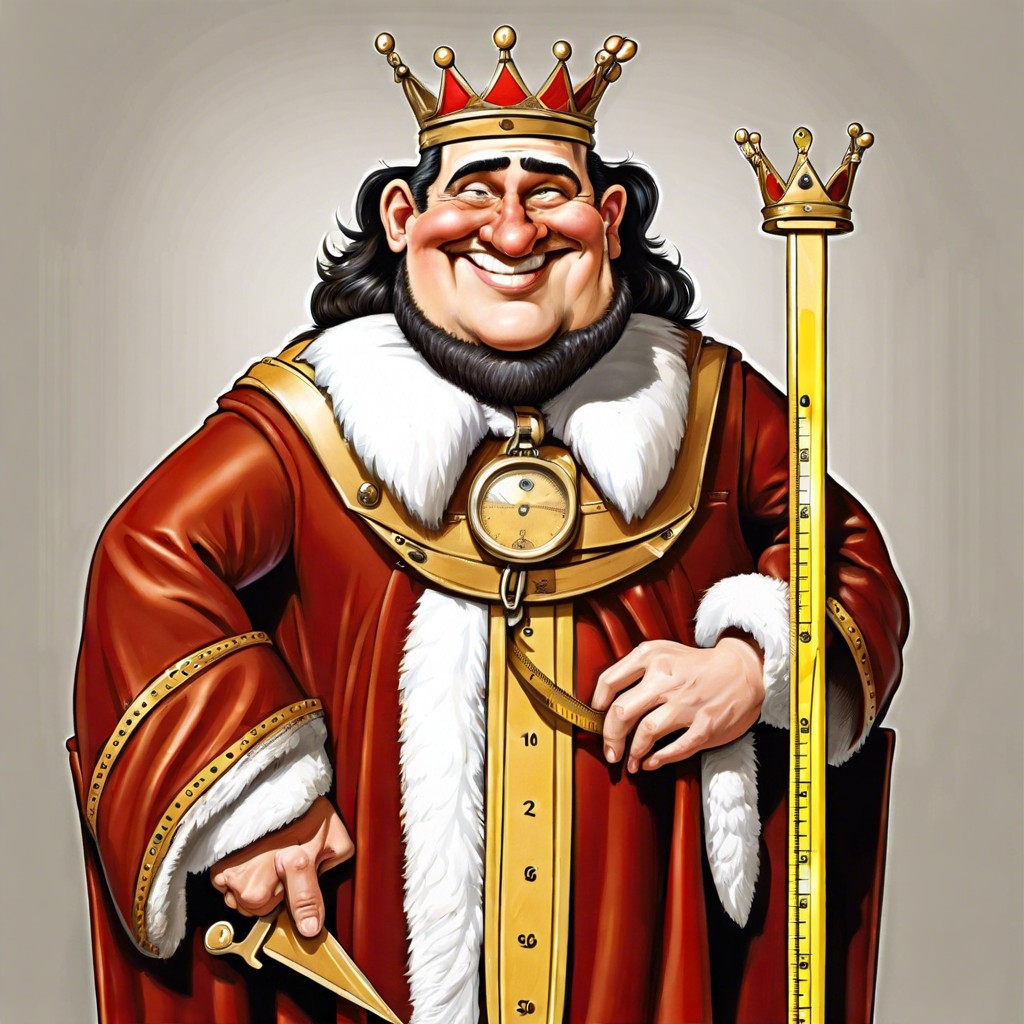Last updated on
Discover the size of 8mm and learn just how small it really is in everyday contexts.
Key takeaways:
- 8mm is about the thickness of a standard pencil or a small part shaved off a AAA battery.
- In jewelry, 8mm is commonly used for beads, rings, and piercings.
- In medical devices, 8mm measurements are crucial for precision and reducing complications.
- Catheters, stents, implants, and surgical instruments are designed around this size.
- Accurate measurements in medical manufacturing directly impact patient care.
Visualizing 8mm in Everyday Items
Consider the thickness of a standard pencil, which is typically around 7-8mm in diameter. This size provides a tactile and visual reference to grasp how small yet significant 8mm is. Another familiar example is the diameter of a common AAA battery, which measures close to 10mm. If you imagine shaving off a small bit from a AAA battery, you are left with approximately 8mm. These everyday comparisons make understanding the dimension more relatable and easier to visualize, helping you better appreciate the scale in practical applications like jewelry or small mechanical parts.
8mm in the Context of Jewelry Sizes
In jewelry, 8mm often refers to the diameter of beads or the width of rings. This size is especially popular in men’s rings, striking a balance between subtlety and noticeable presence. For those who prefer a chunkier style in bracelets or necklaces, 8mm beads provide a robust feel without being overly bulky. It’s also a common size for piercings, particularly for initial piercings that may swell, offering extra space and comfort during the healing process. If you’re considering a piece with stones, an 8mm setting allows for a substantial gem that can truly make a statement while still being wearable for everyday use. This makes it a versatile choice, accommodating both aesthetic appeal and practical considerations in various types of jewelry.
How 8mm Is Used in Medical Devices
In the realm of medical devices, the specificity of measurement like 8mm holds significant relevance, especially in tools designed for precision. For instance, catheters and stents often use this measurement to ensure they fit appropriately within the body’s narrow vessels. This exact size aids in reducing the risk of complications during medical procedures.
Similarly, some implants and surgical instruments are also designed around this scale to match the delicate structures they interact with, such as in neurosurgery or ophthalmic procedures where every millimeter can alter the outcome dramatically.
Understanding these applications emphasizes the critical nature of accurate measurements in medical manufacturing and the direct impact they have on patient care and treatment outcomes.




